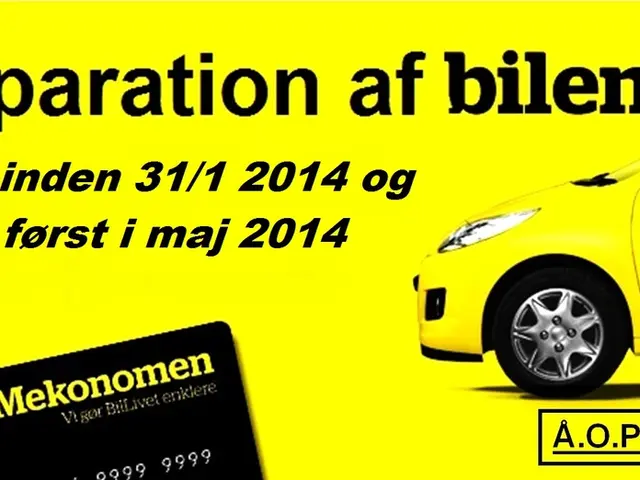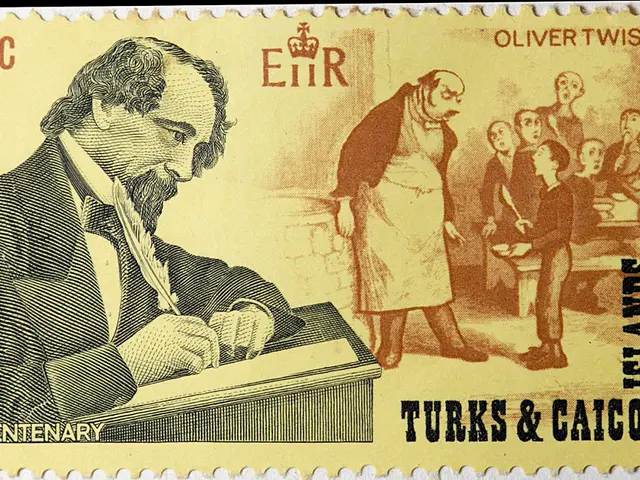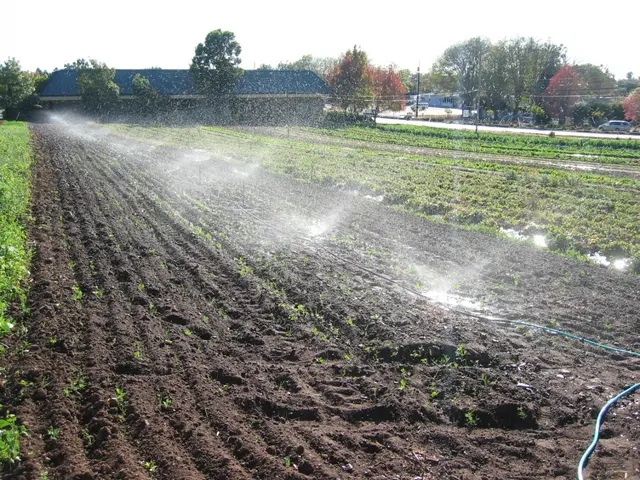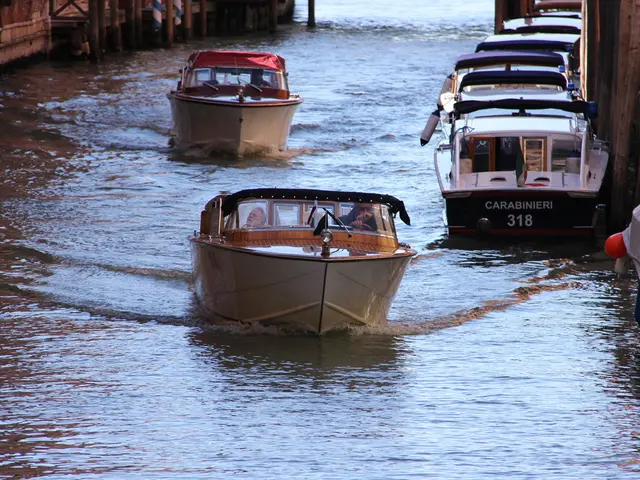High Tariffs Stall Africa’s Renewable Energy Transition Despite Climate Progress
Africa's shift towards renewable energy is facing potential delays due to high tariffs on clean technology and enduring trade barriers. Despite the falling global prices of solar and wind power, these obstacles are hindering the continent's progress towards its climate goals.
The average tariffs on solar and wind components in Africa currently range between 1.9% and 7.1%. However, when non-tariff measures are taken into account, this figure jumps to 7.6%. This high cost of imports is making it challenging for African countries to transition to renewable energy sources.
In a positive development, about one-third of assessed African countries have submitted updated Nationally Determined Contributions (NDCs) with new 2035 targets between January 1, 2024, and September 30, 2025. This update was made ahead of COP30 in Belém, Brazil. However, specific country names were not provided in the sources.
To meet their climate commitments and support economic growth, African governments are urged to reduce tariffs on low-carbon goods. Despite the recent progress in NDC updates, the high tariffs on renewable energy components remain a significant barrier to Africa's transition to clean energy.








